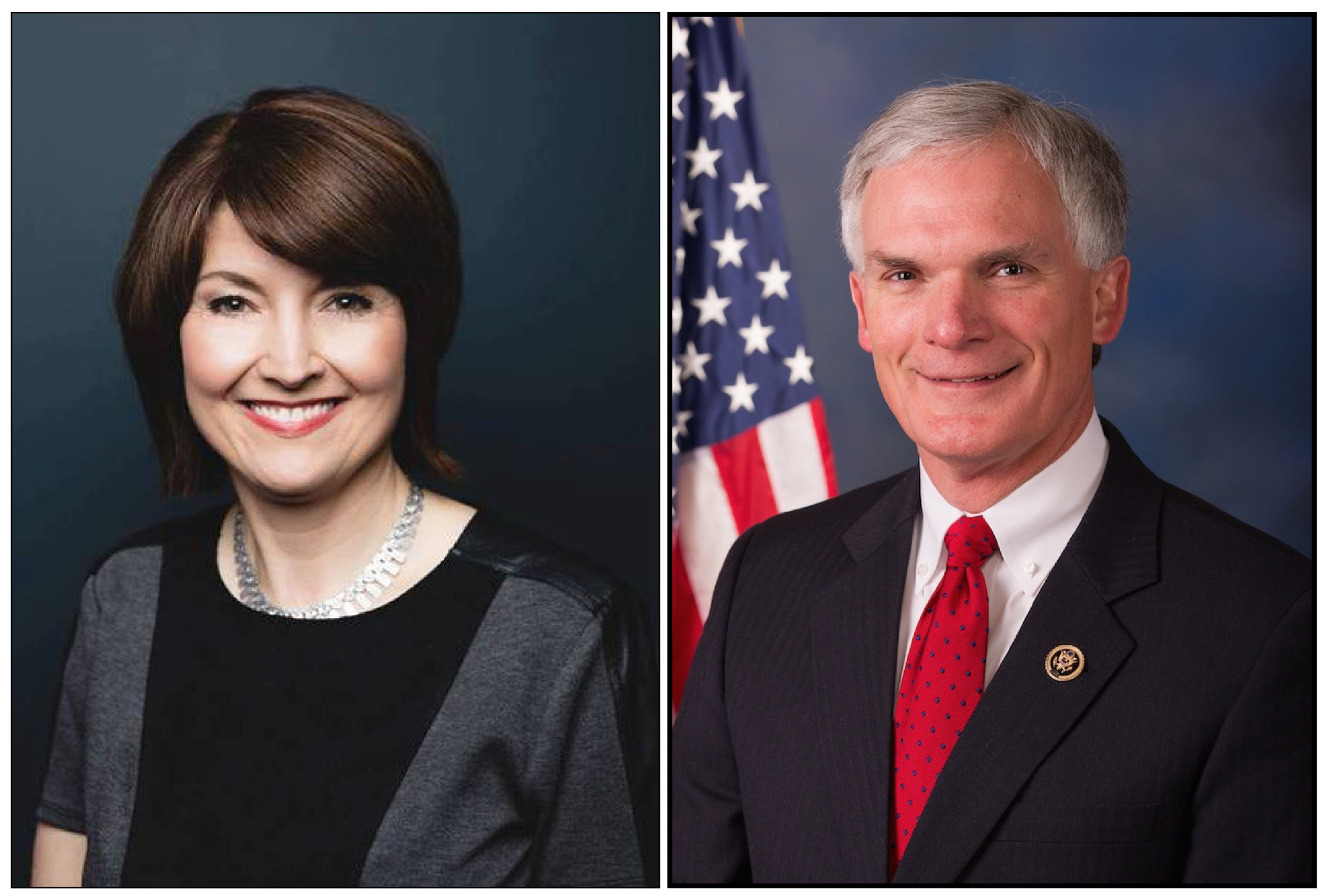
During the COVID-19 pandemic, America’s broadband networks have held our economy, our education system, our medical communities through telehealth, and our neighborhoods together. When businesses and schools closed to the public, many Americans had no choice but to work and learn from home. Children began streaming classes as working parents juggled video calls and the responsibility of childcare.
Thanks to the light-touch regulatory environment in the United States, our networks adapted to this internet traffic surge. Providers stepped up to the plate by voluntarily offering emergency hotspots for distance learning, opening public Wi-Fi for free, and taking steps to upgrade their networks. Through Republican-led market-oriented policies, we had an existing regulatory environment that facilitated innovation and investment in our networks. This led to increased speeds, extra capacity, and flexibility to adapt when faced with the greatest health and economic crisis of our generation.
Our ability to adapt to the new realities of the pandemic was a stunning show of American ingenuity, and it was uniquely American. According to the Information Technology and Innovation Foundation (ITIF), the U.S. kept the Internet up and running at full speed — even as home broadband traffic rose considerably — while many of our European and other OECD peers struggled to deal with the surge in online traffic. Our success was due primarily to the relatively light-touch regulatory environment fostered in the U.S.
While the pandemic underscored the strength of American broadband networks, it also magnified the lack of reliable and accessible broadband in many parts of the country, in both rural and urban areas.
Still, we have more work to do. While the pandemic underscored the strength of American broadband networks, it also magnified the lack of reliable and accessible broadband in many parts of the country, in both rural and urban areas. I, Rep. Rodgers, and my family have witnessed this in our own community. When my husband Brian dropped my son Cole’s books off at his school this summer in inner-city Spokane, his teachers told him that a third of students did nothing in remote school. Many were cut off from the classroom because they lacked reliable broadband for hybrid and remote learning.
The lack of access along with the isolation of virtual learning is challenging for families, and particularly devastating for our young people. A day does not go by that one of us in Congress does not hear from a parent worried about their child falling behind. I, Rep. Latta, have heard from constituents in my district who, due to the lack of quality, high speed broadband, rely on hotspots and other quick fix approaches that do not adequately support their virtual work and learning. This is the case for Sara from Bloomdale, Ohio, who reached out asking what could be done to help her family access a reliable internet connection. Sara and her husband have three boys in elementary school, and the entire family relies on a stable connection in order to work and learn from their home in rural Ohio.
During a recent committee meeting, our colleague Rep. Tim Walberg shared a similar story of a parent in his district who is forced to drive to a nearby business parking lot so her children can do their schoolwork. And Rep. Markwayne Mullin described the issues his own family faces with their limited access in rural Oklahoma, making virtual work and learning a daily challenge.
To win the future and make a strong comeback from the pandemic, it’s essential that we close the digital divide.
Millions of children have lost a year’s worth of critical learning, which could have devastating long term consequences for their educational development and mental and emotional well-being. It will also have a significant impact on the U.S. economy — perhaps as much as $14 trillion to $28 trillion over time, according to economists. We need policies to permanently close the digital divide. That is why, last summer, Republicans led on the Broadband Connectivity and Digital Equity Framework, which had bicameral and bipartisan support. The framework included ideas on how best to connect unserved rural and low-income Americans and tribes, and expanded funding for telehealth services that are now law.
To build on this framework and turbocharge the billions of private and public dollars spent on broadband infrastructure, Energy and Commerce Committee Republicans recently unveiled our Boosting Broadband Connectivity Agenda. The agenda, which every member on the Energy and Commerce Committee is leading on, proposes 28 bills that will more efficiently use public and private investment on long-term solutions to close the digital divide.
Republicans are also working to make sure that the broadband funding is going to the places that need it most. That is why we enacted and funded the Broadband DATA Act, which improves the coverage maps for fixed and wireless services across the country. We are working closely with the Federal Communications Commission to make sure these coverage maps effectively help bring next generation 5G to more small towns and underserved communities.
To win the future and make a strong comeback from the pandemic, it’s essential that we close the digital divide. It’s our goal to do so with forward-thinking and smart policies to roll back regulatory red tape and unleash innovation to fuel deployment of new broadband technologies. We know that our schools, Americans who are eager to get back to work, and America’s next generation of innovators are counting on it.
Cathy McMorris Rodgers (WA-5) serves as Republican Leader of the Energy and Commerce Committee. Bob Latta (OH-5) serves as Republican Leader of the Energy and Commerce Subcommittee on Communications and Technology.




